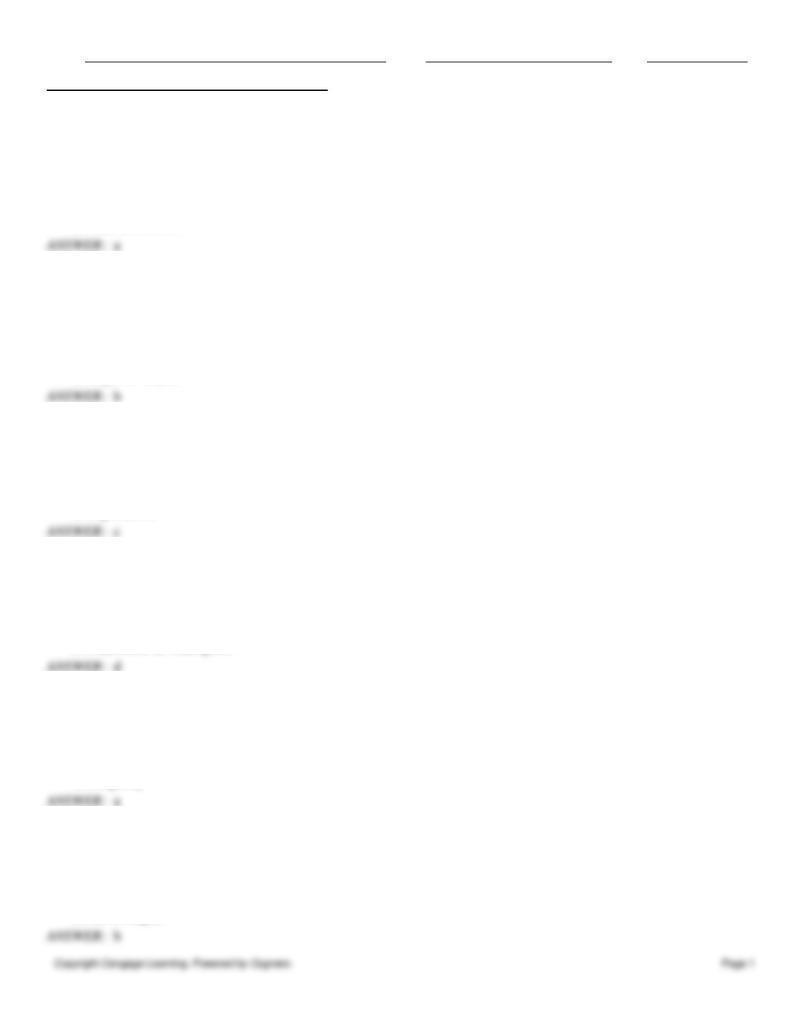
Name:
Class:
Date:
Chapter 08: The Early Renaissance in Europe
Multiple Choice
1. _____ were an especially popular art form in Flanders in the early 15th century.
a.
Oil paintings
b.
Stained-glass windows
c.
Mosaics
d.
Intarsia cabinets
2. The subject of Rogier van der Weyden’s image of Saint Luke Drawing the Virgin was especially appropriate for the
_____, which probably commissioned it.
a.
crossbowman’s guild
b.
painter’s guild
c.
order of the rosary
d.
mayor of Ghent
3. The new economic system, _____, emerged in its early phase in the 15th century.
a.
feudalism
b.
mercantilism
c.
capitalism
d.
imperialism
4. Philip the Bold’s most extensive artistic commission was the _____.
a.
Les Très Riches Heures du Duc de Berry
b.
Ghent Altarpiece
c.
Retable de Champmol
d.
Chartreuse de Champmol
5. Which region used canvases to a greater extent because of the high humidity?
a.
Venice
b.
Flanders
c.
Rome
d.
Burgundy
6. _____ was the first Flemish artist to receive international fame.
a.
Tilman Riemenschneider
b.
Jan van Eyck
c.
Claus Sluter
d.
Jean Fouquet
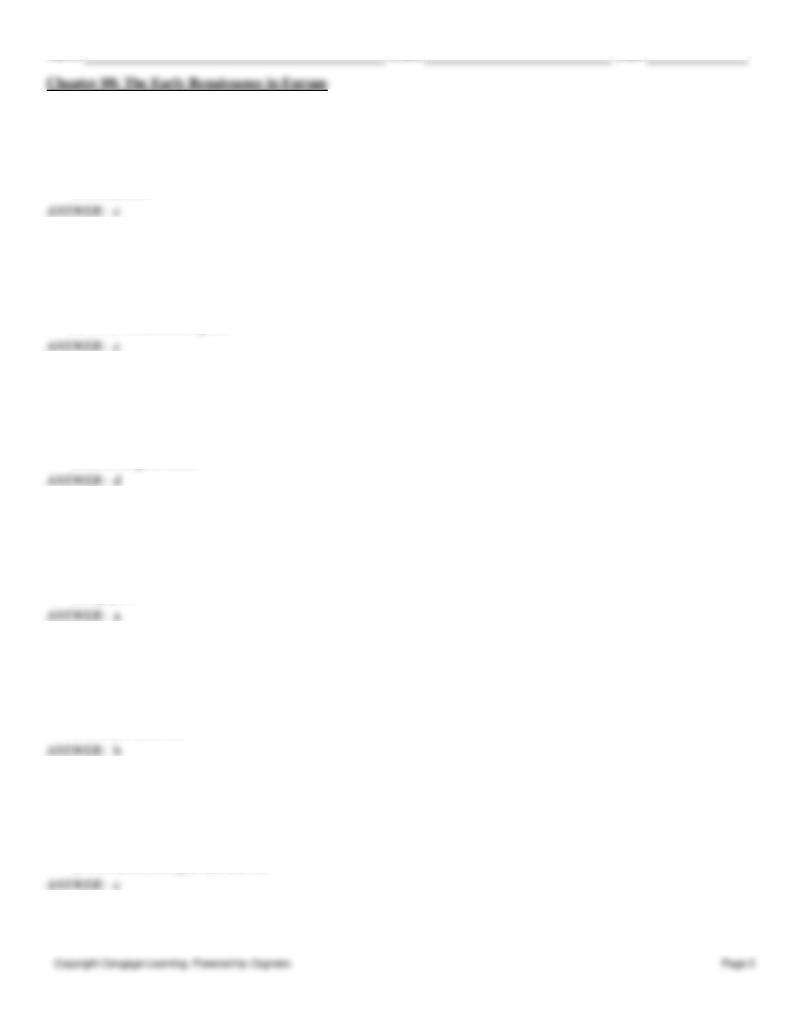
Name:
Class:
Date:
7. By including the donors, Ghent Altarpiece and Mérode Altarpiece marked a significant revival of _____.
a.
Christian saints
b.
gold leaf in art
c.
portraiture
d.
Roman art
8. What was the focus of Rogier van der Weyden’s subjects?
a.
To draw the viewer into the landscape background
b.
To resemble Byzantine art
c.
To elicit powerful emotions
d.
To revive ancient myths
9. _____ expanded the illusionistic capabilities of manuscript illumination.
a.
Martin Schongauer
b.
Tilman Riemenschneider
c.
Lucca della Robbia
d.
Limbourg Brothers
10. Used for the reciting of prayers, _____ were prized possessions of the aristocracy.
a.
Books of Hours
b.
carved fountains
c.
carved retables
d.
diptychs
11. _____ were popular objects commissioned for German churches.
a.
Prints
b.
Carved wooden retables
c.
Devotional diptychs
d.
Glazed terracotta
12. What suggests that beyond its religious meaning Jean Fouquet’s Melun Diptych had a personal dimension?
a.
Angels surround the Virgin.
b.
Saints are present.
c.
The Virgin is a portrait of the king’s mistress.
d.
Two different styles are shown.
13. Tilman Riemenschneider created a sense of fluid motion in his Assumption of the Virgin through _____.
a.
a pyramidal composition

Name:
Class:
Date:
Chapter 08: The Early Renaissance in Europe
b.
stacking the figures
c.
diagonal lines and gestures
d.
the energetic line running through the garments
14. _____ is the intaglio process that involved dipping the plate with its exposed lines into an acid bath.
a.
Etching
b.
Woodcut
c.
Relief
d.
Engraving
15. The humanist interests in Italy contributed to the popularity of _____ subject matter.
a.
religious
b.
classical or mythological
c.
abstract
d.
astronomical
16. The leading patron of 15th-century Florence was the _____.
a.
painter’s guild
b.
university
c.
Medici family
d.
Pope
17. Although Ghiberti won the competition for the doors of the Florence baptistery on his stylistic principles, his _____
may have also helped him win.
a.
relationship to the Pope
b.
father
c.
connections to the Medici
d.
more inexpensive technique
18. Aspects of the narrative and creation of depth of Lorenzo Ghiberti’s Gates of Paradise were based on ideas from
_____.
a.
Leon Battista Alberti’s On Painting
b.
Giotto di Bondone
c.
northern art
d.
Byzantine art
19. Along with the doors of Florence’s baptistery, the decoration of _____ was a major artistic project in 15th-century
Florence.

Name:
Class:
Date:
Chapter 08: The Early Renaissance in Europe
a.
the Pazzi Chapel
b.
Or San Michele
c.
the Strozzi palace
d.
Chartreuse de Champmol
20. Donatello carved his Saint Mark on Or San Michele for the _____.
a.
Duke of Burgundy
b.
Medici
c.
guild of linen makers and tailors
d.
painter’s guild
21. _____ introduced the classical principle of weight shift into Renaissance statuary.
a.
Gentile da Fabriano
b.
Jan van Eyck
c.
Antonio del Pollaiuolo
d.
Donatello
22. Donatello’s _____ was the first nude statue since ancient times.
a.
David
b.
Well of Moses
c.
Gattamelata
d.
Abraham
23. The portrait of the famed condottiere _____ was the first to rival imperial mounted portraits.
a.
Federico da Montefeltro
b.
Gattamelata
c.
Leon Battista Alberti
d.
Ludovico Sforza
24. _____ was the leading master of the International Gothic style in Quattrocento Italy.
a.
Donatello
b.
Andrea Mantegna
c.
Gentile da Fabriano
d.
Filippo Brunelleschi
25. _____, who invented the science of perspective, may have collaborated with Masaccio on his Holy Trinity.
a.
Rogier van der Weyden
b.
Girolamo Savonarola

Name:
Class:
Date:
Chapter 08: The Early Renaissance in Europe
c.
Martin Shongauer
d.
Brunelleschi
26. Fra Angelico’s Annunciation was made for the _____ of San Marco in Florence.
a.
Dominican monastery
b.
Palazzo della Signoria
c.
baptistery
d.
Piazza del Santo
27. The figures in Fra Filippo Lippi’s Madonna and Child reflect the use of _____.
a.
Byzantine sources
b.
live models
c.
classical figures
d.
northern art
28. The Medici and their humanist scholars had a passionate interest in _____.
a.
landscape
b.
trade
c.
the Greco-Roman world
d.
Christian traditions
29. The imagery of _____ suggests that it was made for the occasion of Lorenzo de Medici’s wedding.
a.
Ghiberti’s Isaac and His Sons
b.
Lippi’s Madonna and Child
c.
Pollaiuolo’s Battle of Ten Nudes
d.
Botticelli’s Primavera
30. The artist _____ focused on showing human figures in violent action.
a.
Antonio del Pollaiuolo
b.
Fra Angelico
c.
Claus Sluter
d.
Sandro Botticelli
31. The _____ is the first building to embody the Renaissance style.
a.
Sant’Andrea
b.
Ospedale degli Innocenti
c.
San Lorenzo
d.
Louvre
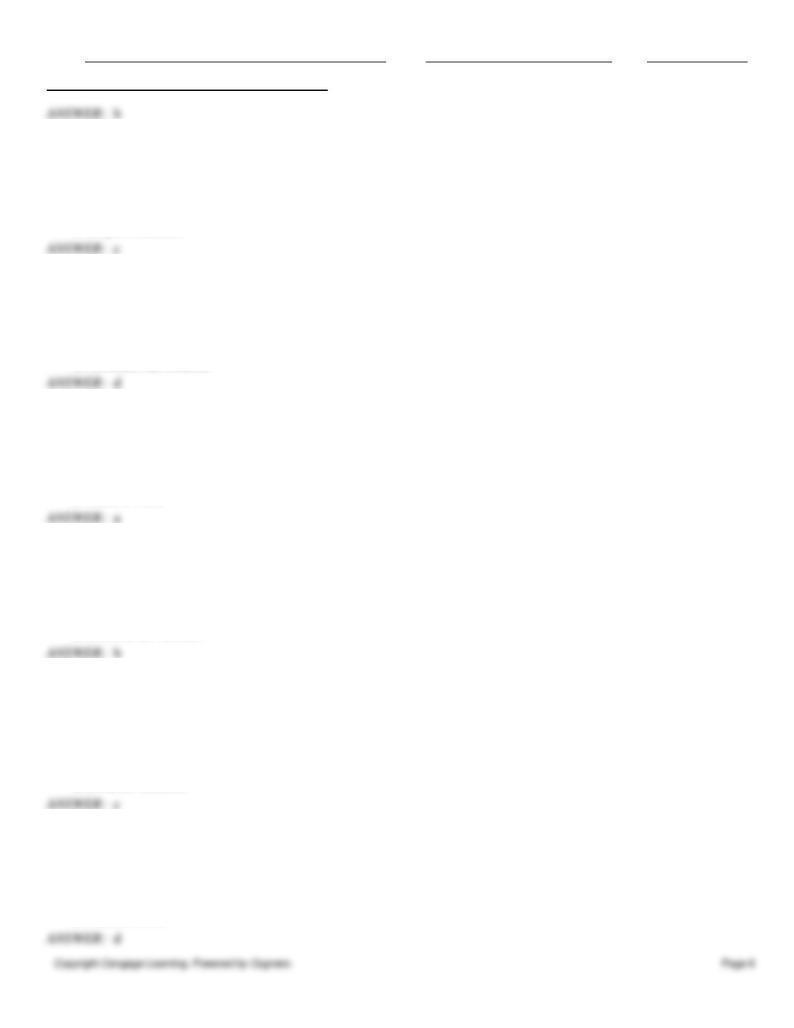
Name:
Class:
Date:
Chapter 08: The Early Renaissance in Europe
32. Alberti modeled the facade of the Palazzo Rucellai on _____.
a.
the Pantheon
b.
San Vitale
c.
the Colosseum
d.
Trajan’s markets
33. _____ was a Dominican preacher who denounced the Medici and the materialistic culture in Florence.
a.
Tommaso Portinari
b.
Erasmo da Narni
c.
Jodocus Vijd
d.
Girolamo Savonarola
34. Perugino and Botticelli contributed to Pope Sixtus IV’s fresco program in the _____.
a.
Sistine Chapel
b.
Or San Michele
c.
Herrgottskirche
d.
Camera Picta
35. _____ made Urbino an important artistic center.
a.
King Ladislaus
b.
Federico da Montefeltro
c.
Paolo Strozzi
d.
Lorenzo de’ Medici
36. _____ is the architect credited with breaking from the Christian building tradition that had been established for a
thousand years in his design for Sant’Andrea.
a.
Robert Campin
b.
Filippo Brunelleschi
c.
Leon Battista Alberti
d.
Lorenzo Ghiberti
37. In the _____, Andrea Mantegna completed the first consistently illusionistic decoration of an entire room.
a.
baptistery of Florence
b.
Or San Michele
c.
Pazzi Chapel
d.
Camera Picta
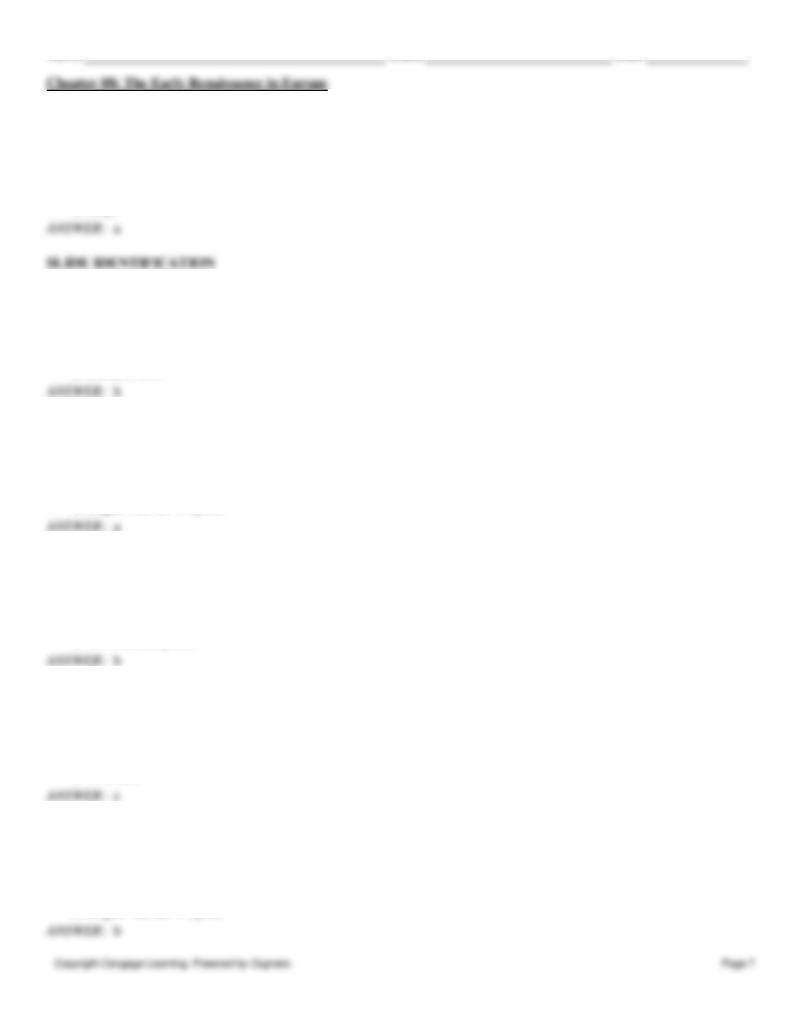
Name:
Class:
Date:
38. What does the fountain created by Claus Sluter for the cloister of Chartreuse de Champmol symbolize?
a.
Redemption
b.
Judgment
c.
Sanitation
d.
Hope
39. (Figure 8-16)
a.
Alberti
b.
Ghiberti
c.
Donatello
d.
Brunelleschi
40. (Figure 8-3)
a.
Robert Campin
b.
Hugo van der Goes
c.
Jan van Eyck
d.
Rogier van der Weyden
41. (Figure 8-10)
a.
Deposition
b.
Melun Diptych
c.
Ghent Altarpiece
d.
Mérode Altarpiece
42. (Figure 8-12)
a.
Silverpoint
b.
Etching
c.
Engraving
d.
Woodcut
43. (Figure 8-8)
a.
Robert Campin
b.
Hugo van der Goes
c.
Jan van Eyck
d.
Rogier van der Weyden
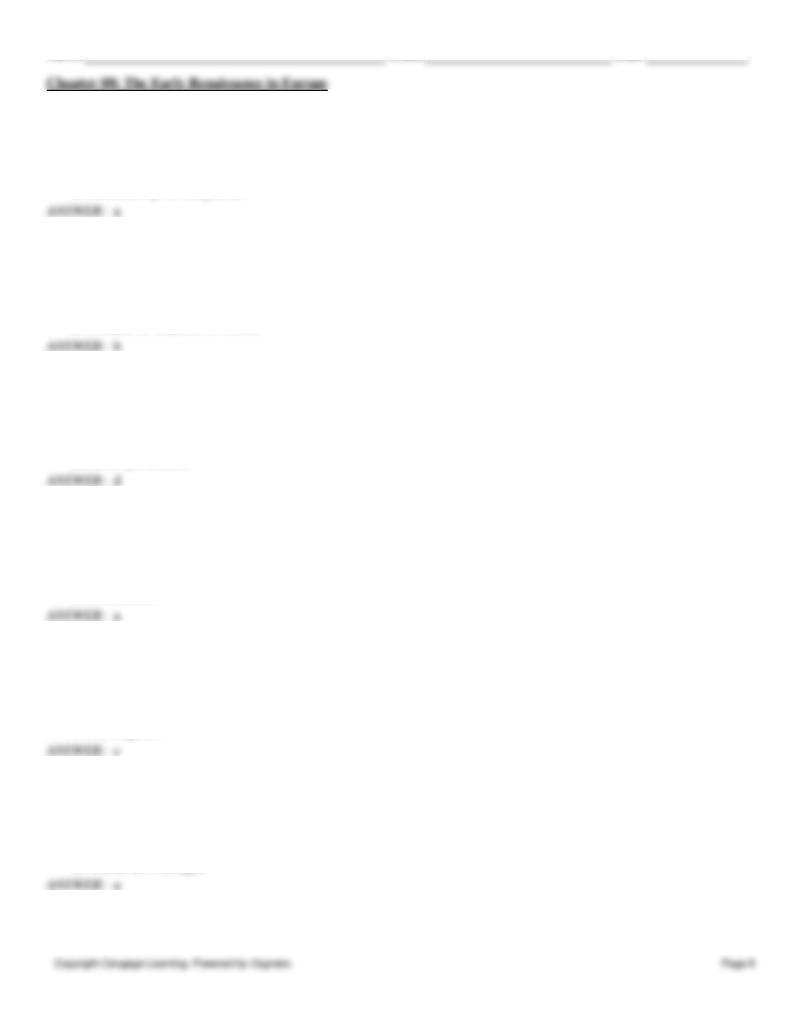
Name:
Class:
Date:
44. (Figure 8-12)
a.
Saint Anthony Tormented by Demons
b.
Saint Peter and the Dragon
c.
Conversion of Saint Paul
d.
Adoration of the Shepherds
45. (Figure 8-9)
a.
Created for Louis IX
b.
Created for Jean Duke of Berry
c.
Created for Philip the Bold
d.
Created for Blanche of Castile
46. (Figure 8-15)
a.
Gates of Heaven
b.
Gates of Siena
c.
Gates of Florence
d.
Gates of Paradise
47. (Figure 8-19)
a.
Gattemelata
b.
Saint Mark
c.
David
d.
Constantine
48. (Figure 8-21)
a.
Filippo Lippi
b.
Botticelli
c.
Masaccio
d.
Fra Angelico
49. (Figure 8-26)
a.
Sandro Botticelli
b.
Fra Angelico
c.
Filippo Lippi
d.
Andrea del Castagno
50. (Figure 8-31)
a.
Siena Cathedral
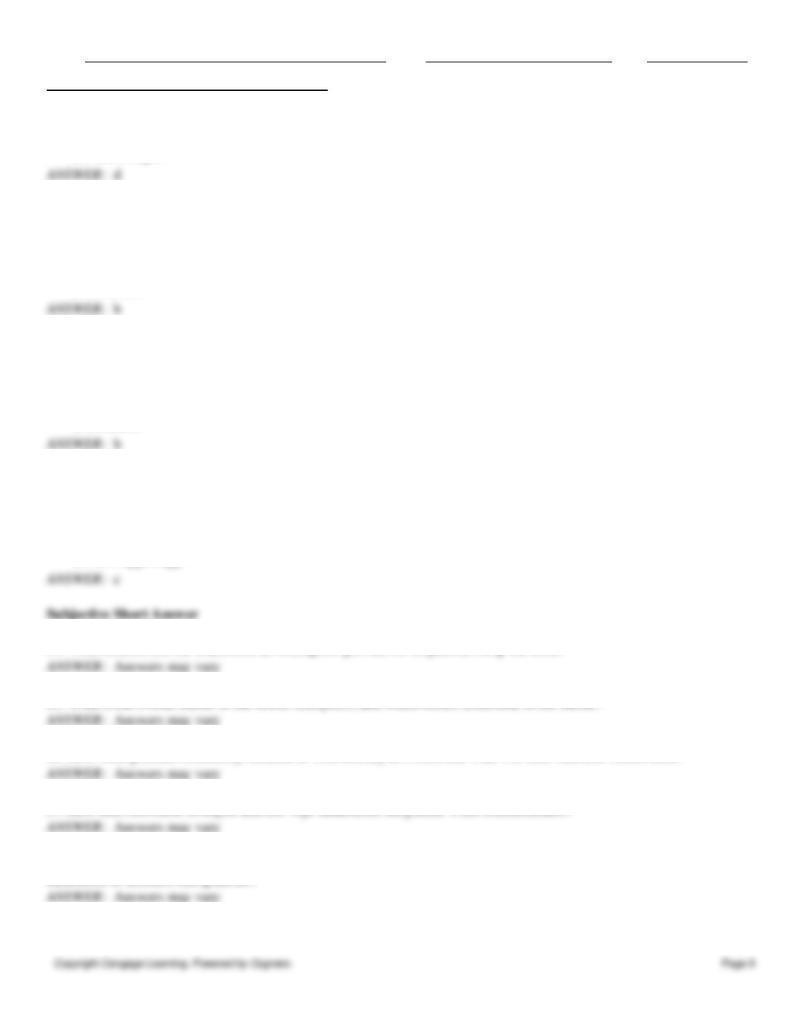
Name:
Class:
Date:
Chapter 08: The Early Renaissance in Europe
b.
Saint Peter’s, Rome
c.
Santa Croce
d.
Pazzi Chapel
51. (Figure 8-33)
a.
Michelozzo di Bartolommeo
b.
Leon Battista Alberti
c.
Filippo Brunelleschi
d.
Donatello
52. (Figure 8-28)
a.
Castagno
b.
Pollaiuolo
c.
Ghiberti
d.
Donatello
53. (Figure 8-23)
a.
Masaccio
b.
Botticelli
c.
Fra Angelico
d.
Fra Filippo Lippi
54. What benefits did the Chartreuse de Champmol provide for its patron, Philip the Bold?
55. What is the overall theme of the Ghent Altarpiece, and which motifs contribute to the theme?
56. How were portraits commonly featured in 15th-century artworks, and what was their function within them?
57. How does Giovanni Arnolfini and His Wife underscore the painter’s self-consciousness?
58. How does the Les Très Riches Heures du Duc de Berry by the Limbourg Brothers demonstrate the growing interest in
naturalism in northern European art?
59. Which factors contributed to the advent of printmaking?
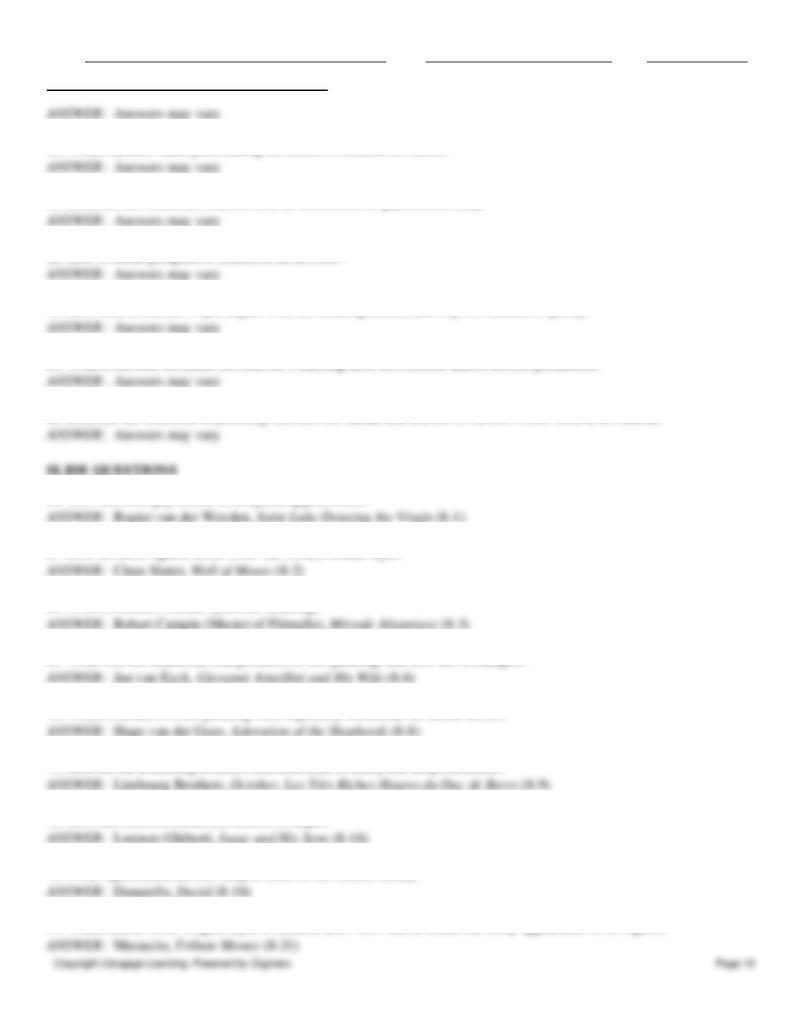
Name:
Class:
Date:
Chapter 08: The Early Renaissance in Europe
60. Which features made printmaking an attractive medium for artists?
61. Describe how humanist interests and art intersected in quattrocento Italy.
62. How is linear perspective created in an artwork?
63. How does Botticelli’s style depart from his contemporaries, and why is it likened to poetry?
64. What effect did Girolamo Savonarola’s teaching have on Florence and its artistic production?
65. Describe the structural relationship between the facade and interior of Alberti’s Sant’Andrea in Mantua.
66. How does this pay tribute to the painting profession?
67. How do these figures differ from the French Gothic style?
68. Which elements contain symbolic meaning?
69. What was the traditional interpretation of this painting, and how has it changed?
70. Which elements of this painting were especially influential on Italian artists?
71. How do the Limbourg Brothers celebrate Jean of Berry and his possessions?
72. How did Ghiberti create the illusion of depth?
73. What significance did this subject hold for the Medici family?
74. Which earlier artist’s figure style is recalled here? How did he create the bulky appearance of his figures?
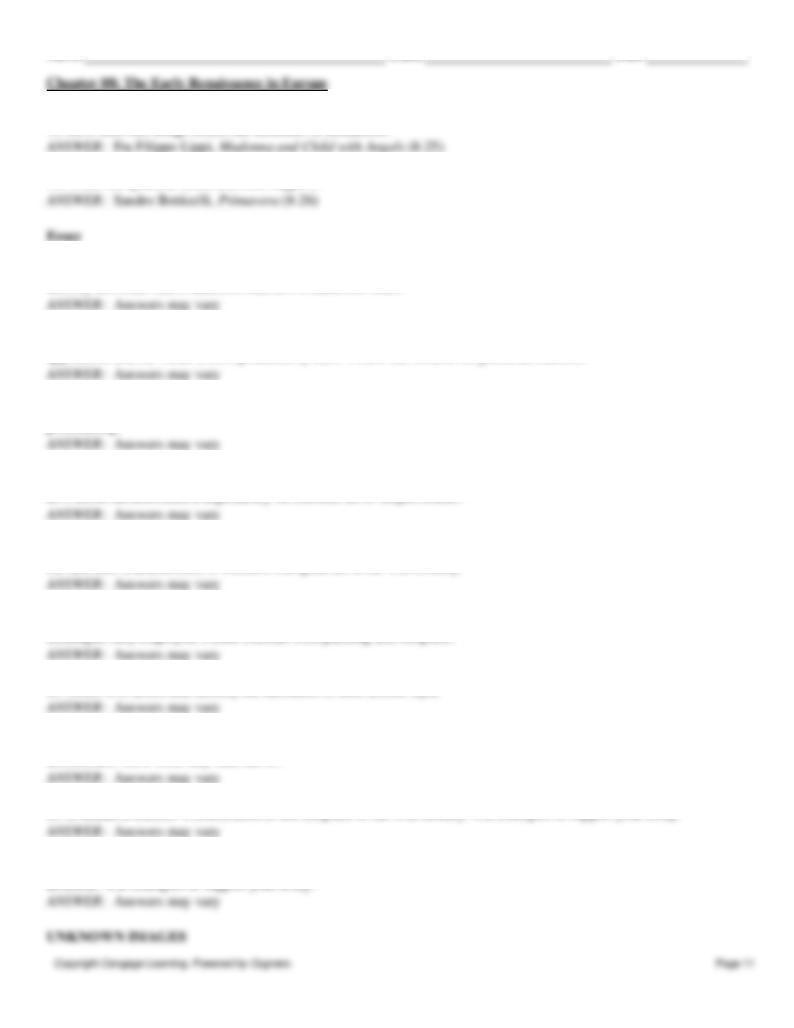
Name:
Class:
Date:
75. How does this image reflect the influence of humanism?
76. What Neo-platonic belief does this support?
77. Rogier van der Weyden’s Saint Luke Drawing the Virgin touches on many aspects of 15th-century northern art.
Identify the issues that it addresses and how it addresses them.
78. What were the two dominant painting techniques used in the 15th century? Compare and contrast the method of
application and the visual effects produced by each. Which one became the preferred medium?
79. Describe the different printmaking techniques and the visual effects that each created. Which artists excelled at
printmaking?
80. One of the facets of humanism was the renewed interest in classical culture and art. Using specific examples, explain
how artists demonstrated a dependency on classical art or subject matter.
81. Flemish art developed distinctive stylistic qualities and methods for presenting its subjects. Using examples, identify
the hallmark characteristics of northern European art in the 15th century.
82. In 15th-century Italy, artists introduced new ways of creating the illusion of depth. Citing examples, explain which
techniques they employed. Please consider both painting and sculpture.
83. Select five artists and identify the hallmarks of their artistic style.
84. Describe the importance of Brunelleschi and Alberti as architects. To what extent were they influenced by classical
architecture? How were they innovative?
85. Evaluate Donatello’s contribution to the sculpture of the 15th century. Use examples to support your essay.
86. Contrast the styles of 15th-century Burgundian, Flemish, and Italian painting. How are they similar? How are they
different? Use examples to support your essay.
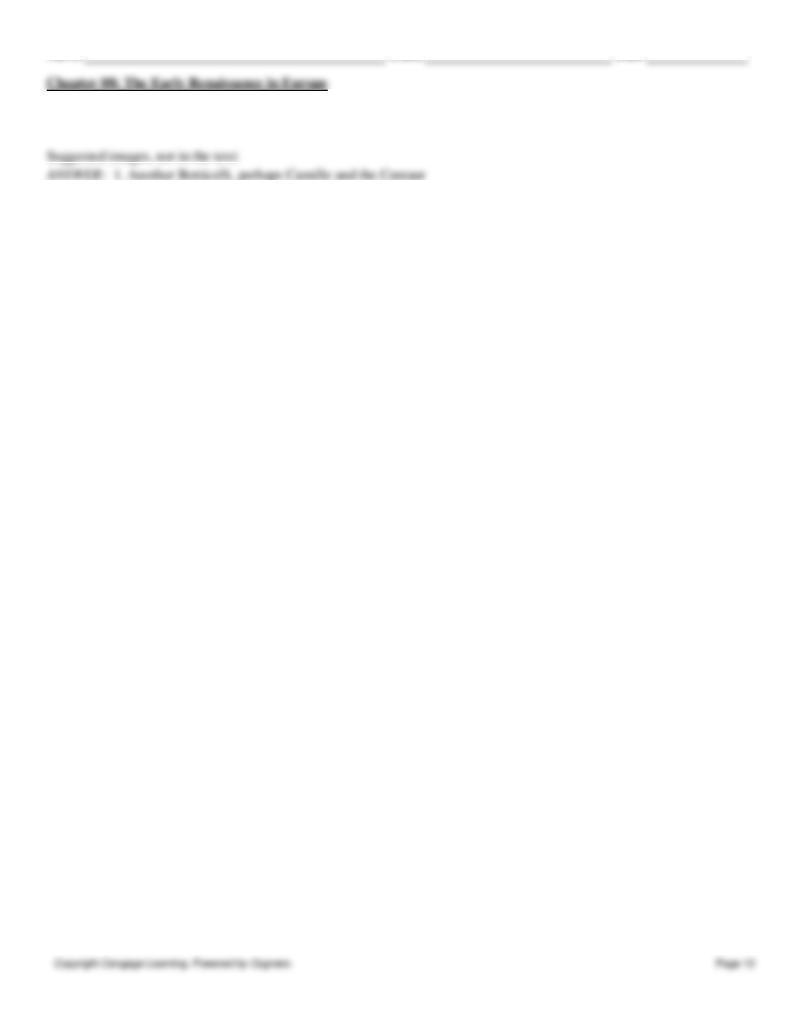
Name:
Class:
Date:
87. Attribute the images on the screen to a culture and give an approximate date. Give the reasons for your attributions,
using complete sentences and referring to specific works discussed in class.
2. Another Fra Angelico, perhaps the Annunciation
3. Another Ghiberti, perhaps a different panel from the Gates of Paradise
4. Another Jan van Eyck, perhaps the Rolin Madonna
5. Another Masaccio, perhaps a different image from the Brancacci Chapel